From Trojan horses that help sneak therapeutics past the blood–brain barrier to advanced brain models built on microchips, we celebrate innovative science in breathtaking images.
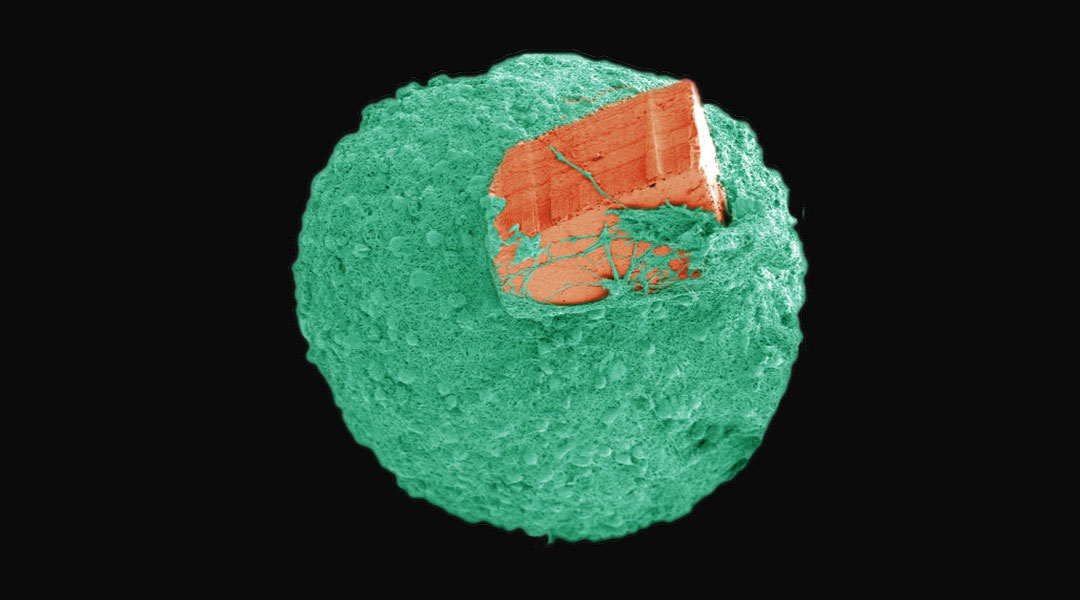

From Trojan horses that help sneak therapeutics past the blood–brain barrier to advanced brain models built on microchips, we celebrate innovative science in breathtaking images.
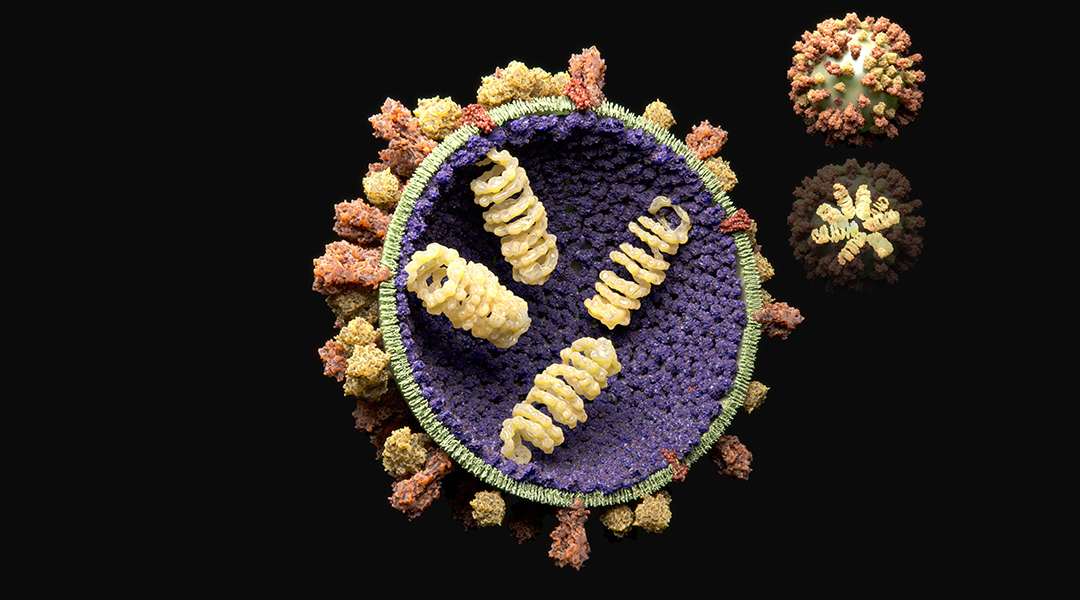
Researchers uncover the mystery of how viruses avoid encapsulating unwanted genetic material from the crowded cell cytoplasm.
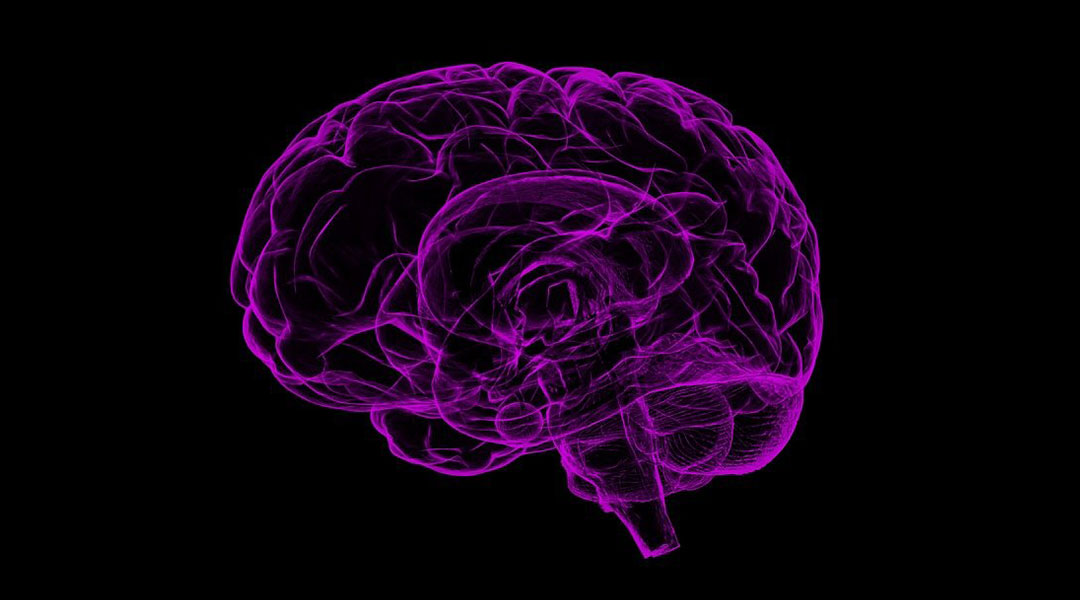
Personalized medicine for diseases that affect the central nervous system requires renewed focus on visualising the behaviour of drugs in the brain.
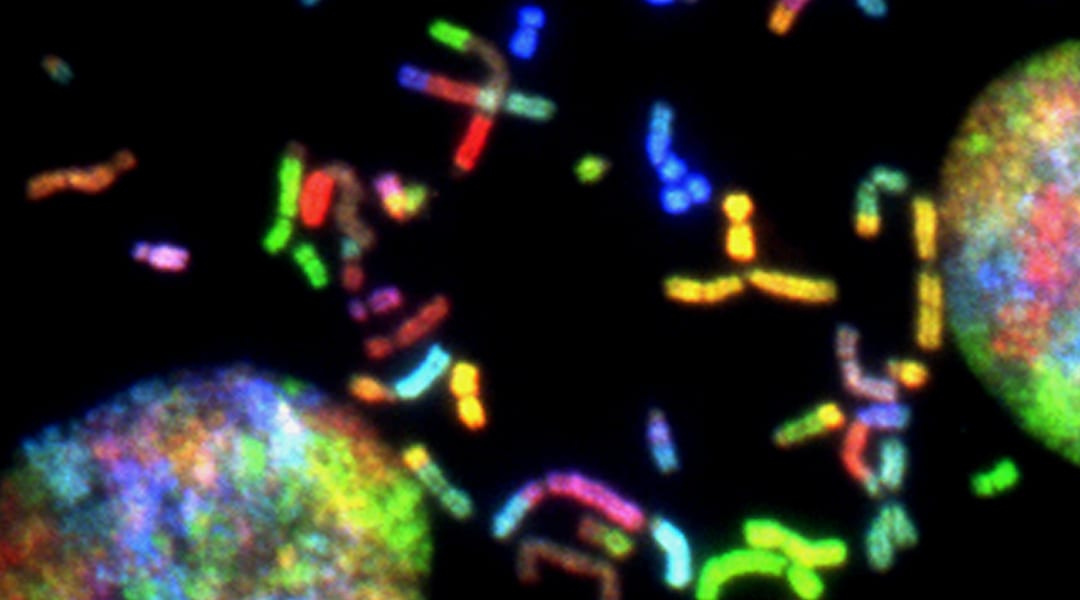
A new computational technique allows researchers to model biological processes with better accuracy and at a lower computational cost.
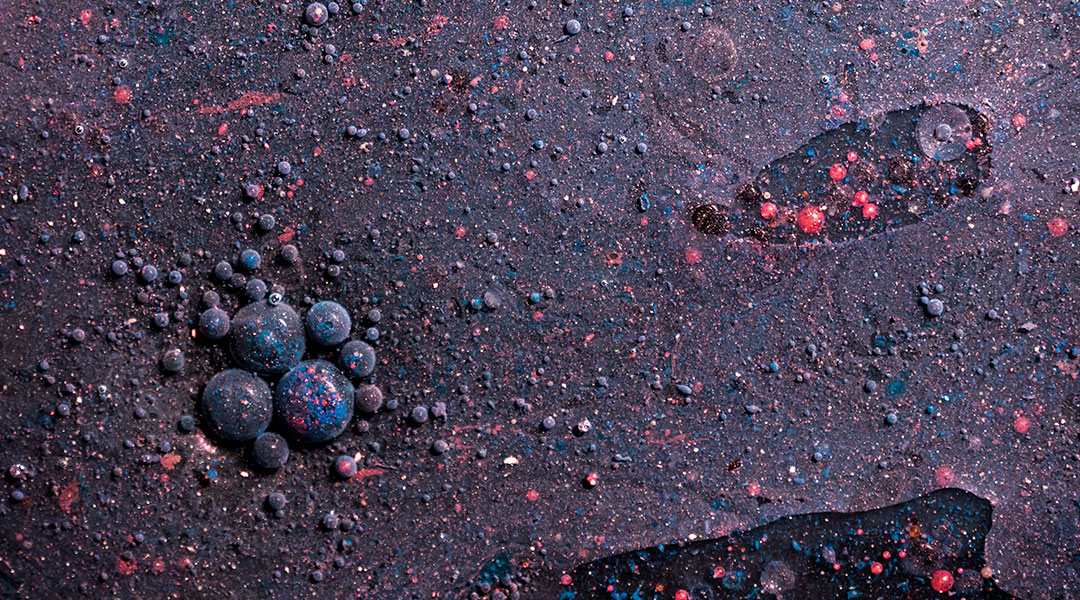
A new hypothesis explores how potassium came to be the dominant biological cation.

A new model helped researchers create a “nanotube color atlas”, which they use to predict the specific colors of 466 different single‐wall carbon nanotubes, revealing a broad spectrum of potentially achievable colors.

AI and robotics meet fluidics to accelerate materials development, allowing researchers to create quantum dots in under an hour.

The results of the company’s COVID-19 vaccine clinical trials are the first to be published in a peer-reviewed journal.

Researchers publish an up-to-date and easy-to-access platform with a global scope.
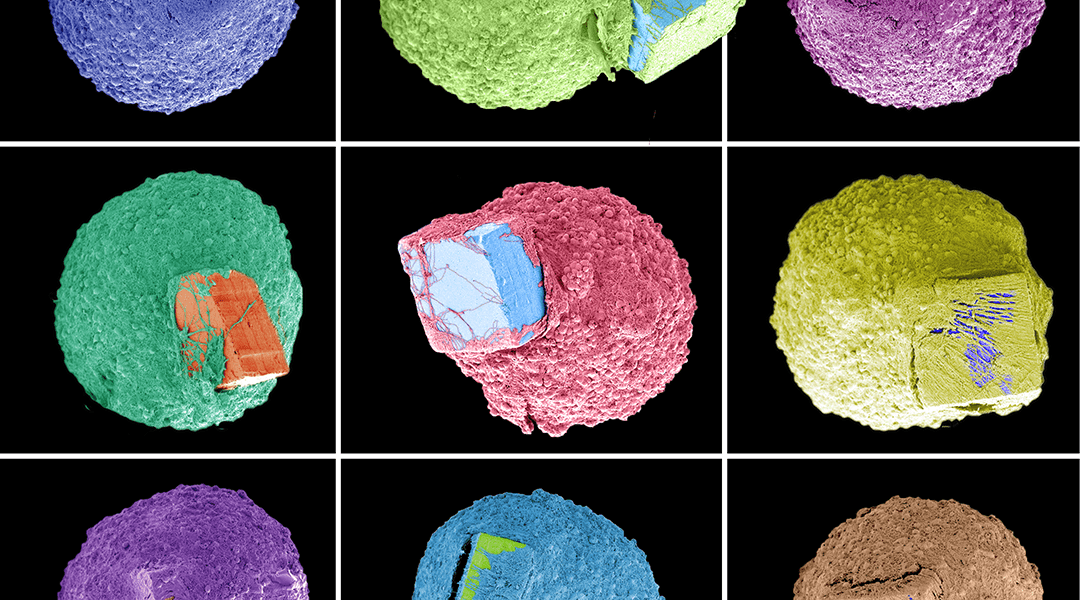
Researchers successfully grow 3D brain tissue on fully-integrated microchips for neural biosensing applications.